
Cover photo of the memoir "Trang Bang Armed Forces: 9 Years of Fighting the French".
The content of the book can be considered a fairly reliable historical source, as affirmed by Mr. Nguyen Dinh Soai - former Secretary of Trang Bang District Party Committee during the resistance war against French colonialism, recorded in the first pages: "As living witnesses who made history at that time but did not have the conditions to officially demonstrate our work, I and many dedicated brothers were not at ease, knowing that the documents were still incorrect and outsiders were assigned to rewrite history in a general way. Therefore, it is necessary to publish this memoir and real stories of real people and real events. It is also to leave something trustworthy, valuable and worth thinking about for future generations."
In more than 200 pages of the book are vivid stories and autobiographies of veterans from the time of fighting against French colonialism in Trang Bang, such as: Nguyen Dinh Soai, Kieu Phan, Lam Quang Vinh, Trinh Ba Tung, Nguyen Xuan Nga, Huynh Thi Chau, To Tin Thieu, Tran Nam Hung, Tran Thang Loi, Luu Duy Khanh, Le Nguyen...
From the articles of the above authors, later generations can understand the special nature of the Trang Bang Armed Forces during the resistance war, which is: - From the people's hearts, food and clothing are taken care of by the people, weapons are self-equipped/ - Small battles are sure to win, there is no day of stopping the gunfire, creating a battlefield for the main force and the locality to increasingly win bigger victories.
In particular, in the memoir “The First Downed Plane in the Eastern Battlefield” by author Tran Thang Loi, he described in detail the feat of shooting down a reconnaissance plane (often called an old plane) by the Trang Bang military soldiers at Bau Nhai, Boi Loi base on the morning of May 20, 1952. On the plane wreckage, we found a marching map, a pistol, a submachine gun, and next to the spoils of war were the bodies of two French invaders. Perhaps this was the first downed plane on the Trang Bang battlefield, in the Southeast.
During the resistance war against the French, in the war zone, there was more than just fighting with guns and bullets. In his memoir “Happy and sad stories of the 9 years”, author Le Nguyen recounted many funny anecdotes about the political activities of the Trang Bang Armed Forces such as “oral films”, “campfire night and horse dancing”, “the story of the dog”…
The most fun is the article "Class teaching music, poetry, and wall newspaper writing in Boi Loi forest". The story goes that in 1950, the Political Department of Zone 7 went to Boi Loi to open a class to train and foster the core of art for units in the province. The class had 30-40 students. The Trang Bang Military Academy alone sent 3 students, including Le Nguyen, Tran Thanh Tong, and Dang Thi Hanh. The class was led by musicians Van Cu, Van Luong, writer U Da, and poet Xuan Mien.
In the class of writing wall newspapers and writing poetry, it was really difficult for the peasant soldiers in the third and fourth grade of the village school. The teachers carefully guided them in the rules of six-eight poetry, five-word poetry, seven-seven-six-eight poetry, and Tang poetry.
But the result is that only the six-eight verse form remains with the students, while the other verse forms are like ducks hearing thunder. The words "flat, sharp, sharp, sharp, flat, sharp" confuse the mind. The poem "Luc Bat" that opened the heart of soldier Le Nguyen of the Trang Bang Military Region composed and submitted to the teacher consists of 4 rhyming sentences, although it is silly and complicated, it is very poetic and meaningful as follows: The sun shines on the forest/ Shine on to make it bright but don't burn too much/ Shine on to brighten the loyal heart/ Shine on to make this scene more beautiful.
On the evening of August 16, 1954, the Trang Bang Armed Forces left their hometown and went down to Cao Lanh ( Dong Thap ) to regroup and move to the North. The force gathered at Rong Tuong hamlet, Thanh Phuoc commune, wearing homemade uniforms, bamboo hats covered with khaki fabric, and raised the red flag with a yellow star to Gia Binh crossroads, then crossed Quan bridge to Bau Trai and Dong Thap Muoi. Some comrades stayed behind to join the villagers in a new fierce struggle.
The last page of the memoir “Trang Bang Armed Forces: 9 Years of Fighting the French”, author Le Nguyen wrote: “The great merit in the resistance war belongs first of all to the people and the Party, and is represented by many clans, families, and individuals from all over the world who came to Trang Bang to shed blood and bones, to become fellow Tay Ninh people, but there are so many people whose hometowns are unknown?”.
The memoir “Trang Bang Armed Forces: 9 Years of Fighting the French” is a valuable document. It is thought that the relevant authorities and historical researchers in Trang Bang should invest in reprinting it because the book was printed a long time ago but was only marked “internal circulation” so few readers know about it.
Van Tai
Source








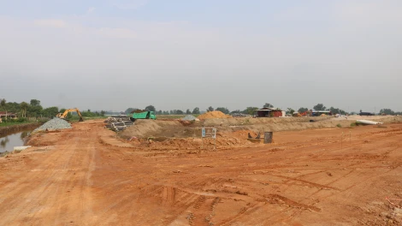

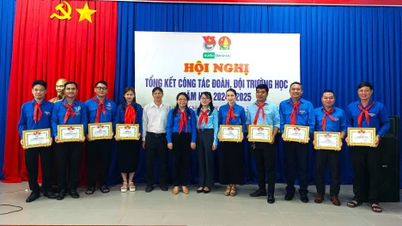
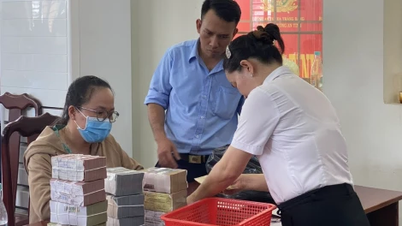
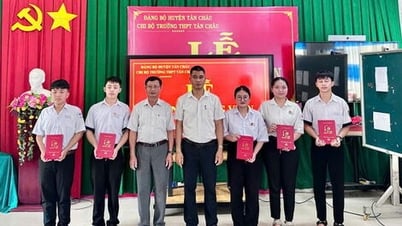
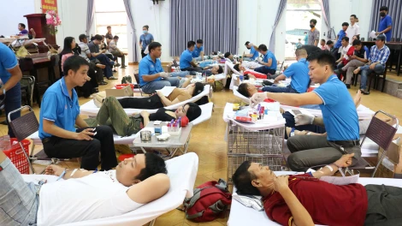
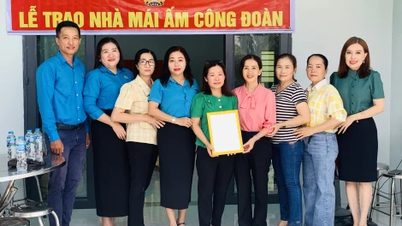









![[Maritime News] Wan Hai Lines invests $150 million to buy 48,000 containers](https://vphoto.vietnam.vn/thumb/402x226/vietnam/resource/IMAGE/2025/6/20/c945a62aff624b4bb5c25e67e9bcc1cb)
![[Photo] The 9th Congress of the Party Committee of the Office of the President, term 2025-2030](https://vphoto.vietnam.vn/thumb/1200x675/vietnam/resource/IMAGE/2025/6/20/78e7f27e8c4b4edc8859f09572409ad3)







































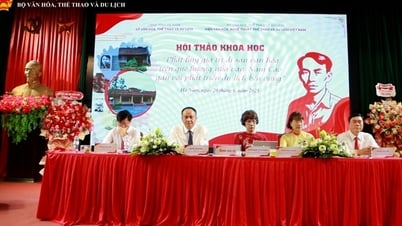
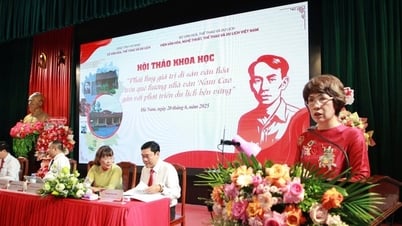


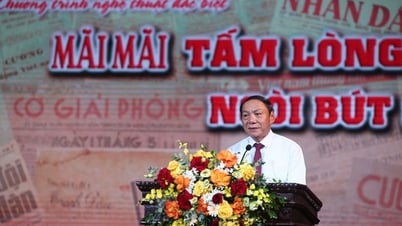
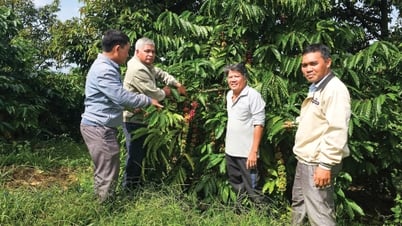



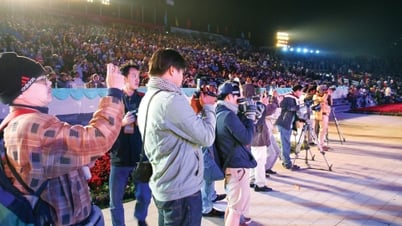
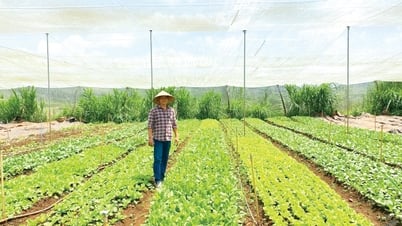













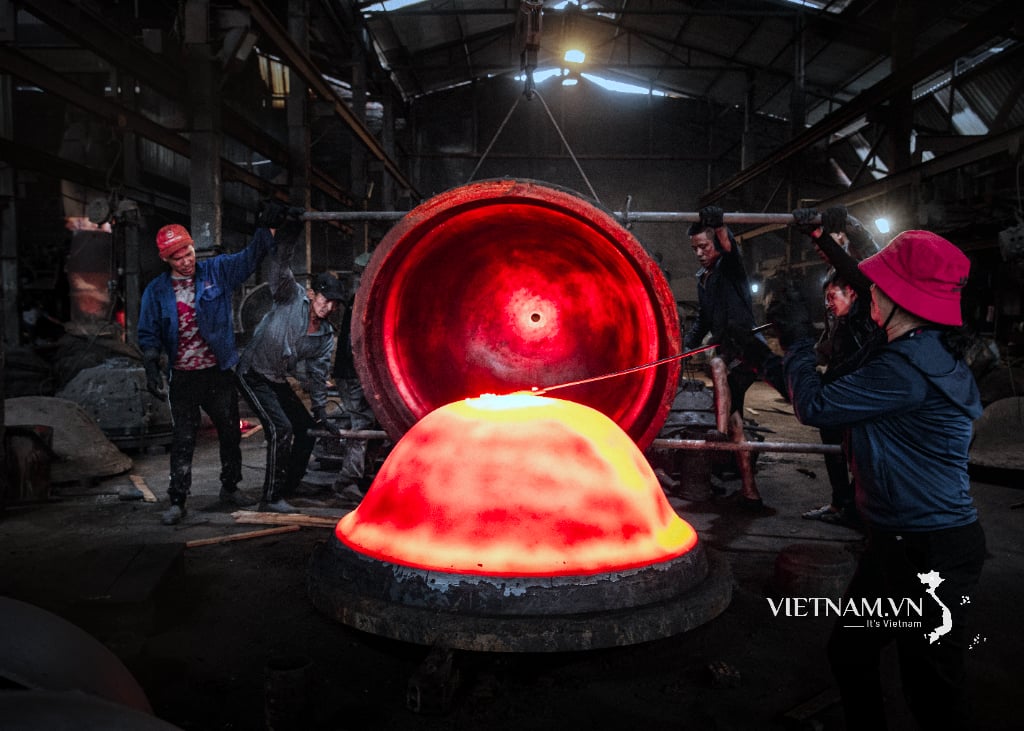
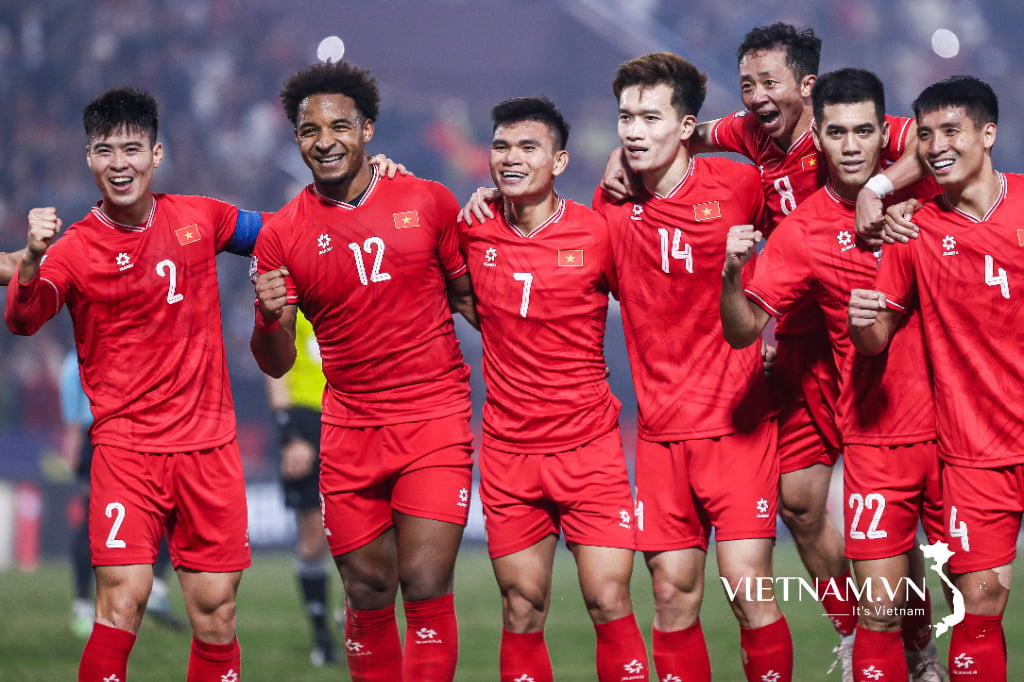
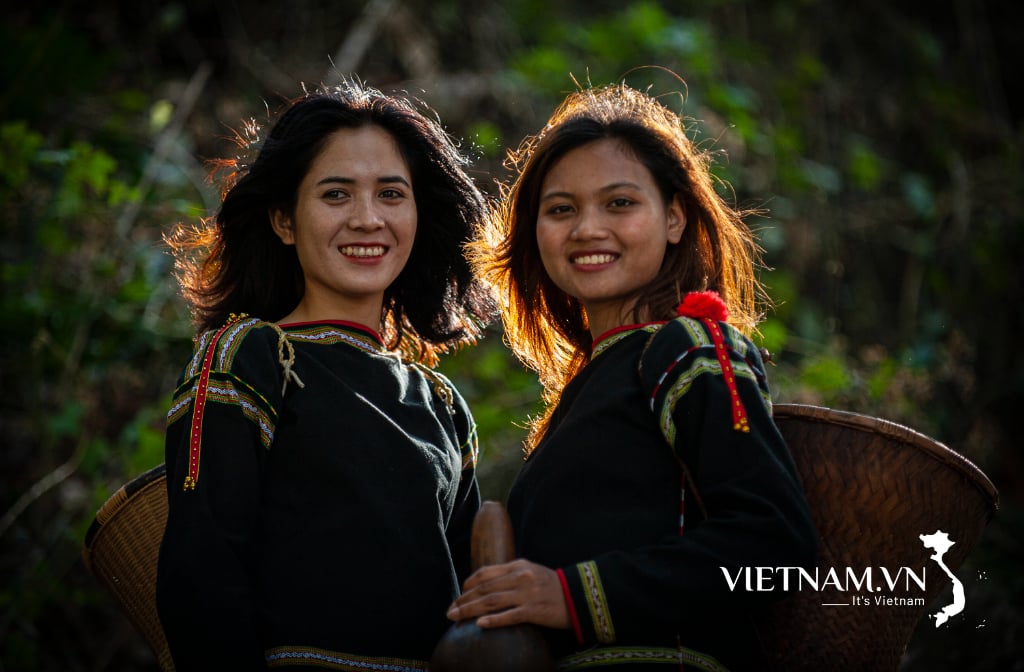

Comment (0)